arts

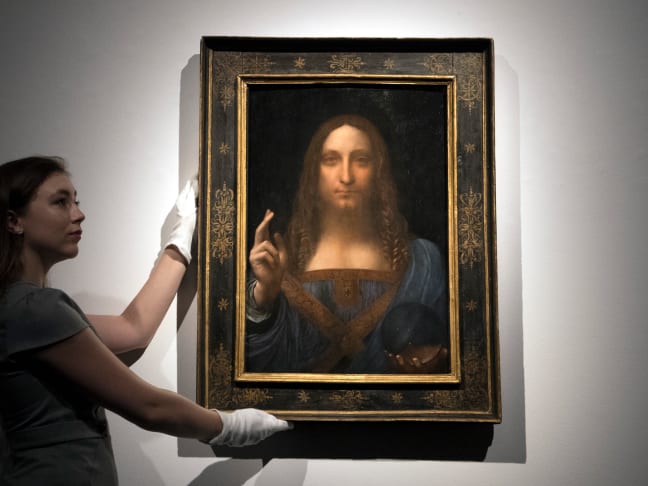
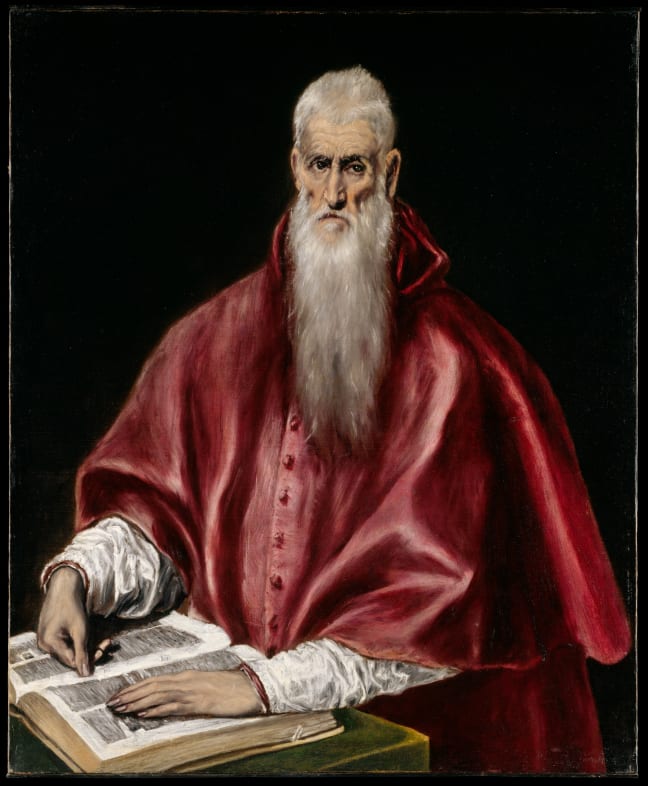
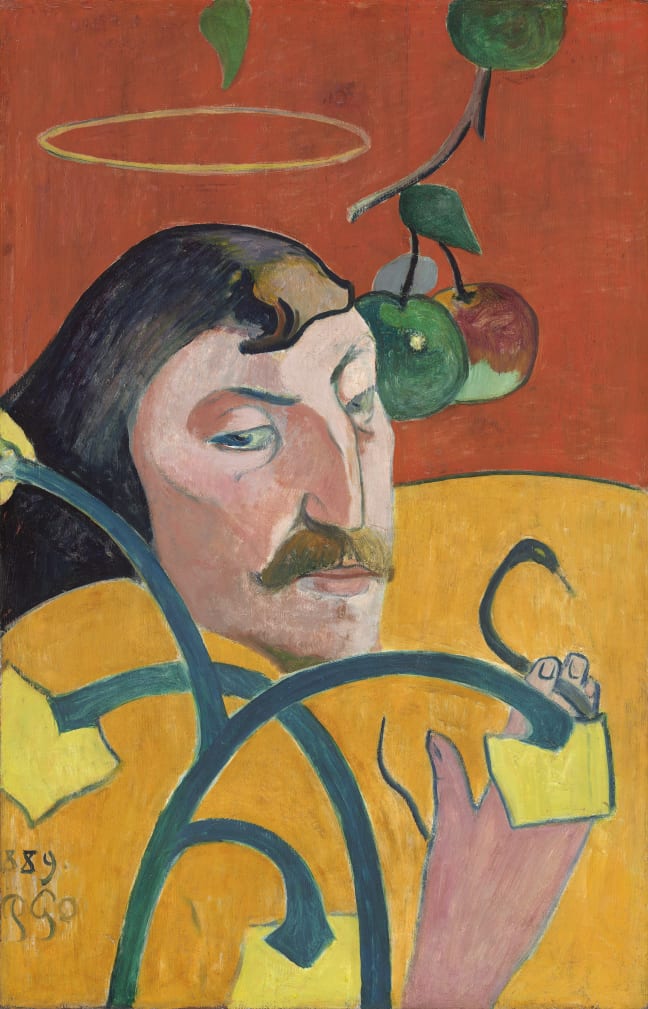
The curious subculture of diagnosing dead artists by their work
Written by Karen Chernick
Published 15th March 2019

Credit: image courtesy National Gallery of Art
This article was published in partnership with Artsy, the global platform for discovering and collecting art. The original article can be seen here.
"Doctors love to play at diagnosis," admitted Dr. Michael F. Marmor, a Stanford University ophthalmology professor and author of several books about artists and eyesight. Most physicians reserve their diagnoses for patients, but there is a subculture of medical professionals fascinated by the health problems of famous, dead artists -- and how they affected their work.
As disciplines, art history and medicine share important similarities: Both fields require close observation and some guesswork, attracting practitioners who love a good puzzle. Recently, the two have become even more intertwined. Medical schools around the US are increasingly incorporating art classes into their programming, and research shows that looking at artwork can help doctors improve their observation skills. This correlation might explain why some physicians have taken an interest in studying the lives and works of creative masters, aided by their special set of diagnostic skills.
Peer-reviewed medical journals are peppered with studies that posthumously diagnose the illnesses of artists, using data that ranges from medical records to, in rare cases, the artist's physical remains. Most commonly, though, such medical connoisseurs turn to the deceased's body of work for clues.
This might seem like an amusing sport, but Marmor warned that many doctors use flawed measurements and take their conclusions too far. "Artists have license to paint as they wish, so style is mutable and not necessarily an indication of disease," he said. "Speculation is always fun, but not when it is presented as 'evidence' in scientific journals." The seven published studies detailed below use an array of inventive methods to flesh out a fuller picture of artists' physical health in an attempt to better understand their work.
Michelangelo's aching hands

An unfinished portrait of Michelangelo by Daniele da Volterra dating from around 1544. Credit: Courtesy of The Metropolitan Museum of Art
In his late seventies, Michelangelo wrote to his nephew that his hands -- the primary tools of his illustrious sculpting career -- were causing him immense pain. "Writing gives me a great discomfort," the Italian Renaissance artist lamented. If writing was a struggle, then wielding a hammer and chisel against a durable block of Carrara marble would have seemed insurmountable. But identifying the precise joint ailment that plagued the celebrated sculptor's digits has evaded modern physicians, who remain curious.
Authorities at the Church of Santa Croce in Florence, where the artist is buried, forbade the exhumation of Michelangelo's remains for pathological investigations, and so the team of five medical researchers got creative. Their 2016 study, published in the Journal of the Royal Society of Medicine, opted to rely on two portraits of the artist made while he was alive, along with a later copy, homing in on their depictions of his disfigured hands. They diagnosed his joints with osteoarthritis caused by prolonged and extensive abuse. In layman's terms, a lifetime of carving stones distorted his fingers and made them ache.
Leonardo da Vinci's wandering eye

A study says that Leonardo da Vinci's "Salvator Mundi" offers evidence that the artist had a rare eye condition. Credit: Carl Court/Getty Images Europe/Getty Images
Artists see the world differently, and some ophthalmologists have attributed their creative vision to their eyes. A 2018 study published in the Journal of the American Medical Association argues that Leonardo da Vinci had strabismus -- a vision disorder in which the eyes are misaligned, resulting in the loss of depth perception -- an affliction that could explain the Renaissance master's extraordinary skill. If Leonardo did indeed have strabismus, it might have been "rather convenient for the painter," wrote the study's author, Christopher W. Tyler, "since viewing the world with one eye allows direct comparison with the flat image being drawn or painted."
As the basis of his research, Tyler compared six artworks that are thought to portray the artist, citing two sculptures, two oil paintings and two drawings. These include Leonardo's "Salvator Mundi" (c. 1500) and "The Vitruvian Man" (c. 1490), with the justification that the artist believed that all of his works reproduced his own likeness to some degree. Tyler then measured the angular divergence of the pupils in his examples and averaged them; the mean angle for the misaligned eye was consistent with strabismus.
El Greco's distorted visions

El Greco's elongated portraits, such as "Saint Jerome as a Scholar" (c. 1610), have sparked debate in the medical community about the artitst's eyesight. Credit: The Metropolitan Museum of Art, New York
In 1913, an ophthalmologist named Germán Beritens wasn't convinced that the dramatically elongated figures painted by Spanish Renaissance artist El Greco were the product of stylistic flair. He posited that severe astigmatism -- an ocular condition in which the subject's warped cornea causes uneven focus along different visual planes -- must have caused the painter to actually see vertically outstretched figures, which he then translated to the canvas. Beritens's theory seemingly explained El Greco's idiosyncratic technique, making headlines when it was published.
Almost a century later, another researcher realized that Beritens's logic was intuitive but faulty. In a 2002 study published in the journal Leonardo, Stuart Anstis, a psychologist at the University of California, San Diego, argued that if El Greco had an astigmatic defect, his vision would equally distort his subjects and his canvases. In other words, if El Greco painted a portrait of a nobleman, then both the portrait and the subject would have to appear similarly distorted in his eyes to confirm the diagnosis. Yet Anstis conducted experiments demonstrating that people with astigmatism are capable of drawing proportional objects. "(El Greco's) elongations were an artistic expression, not a visual symptom," Anstis concluded, putting to rest what is now known as the "El Greco fallacy."
Paul Gauguin's mysterious death

An 1889 self-portrait by Paul Gauguin who some have speculated died from syphilis. Credit: image courtesy National Gallery of Art
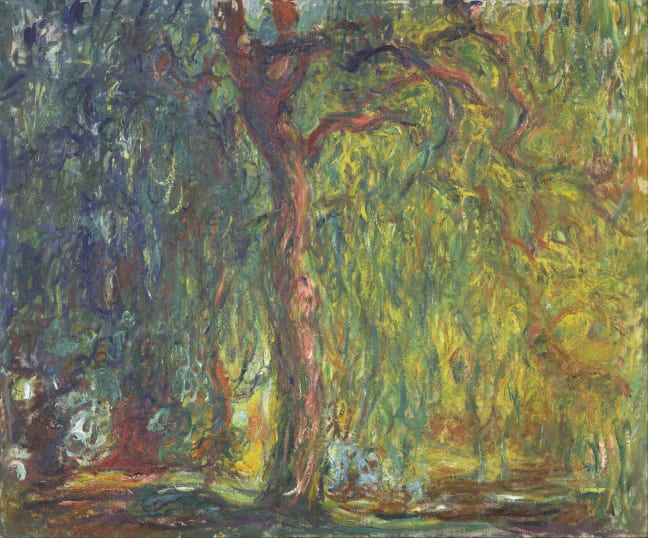
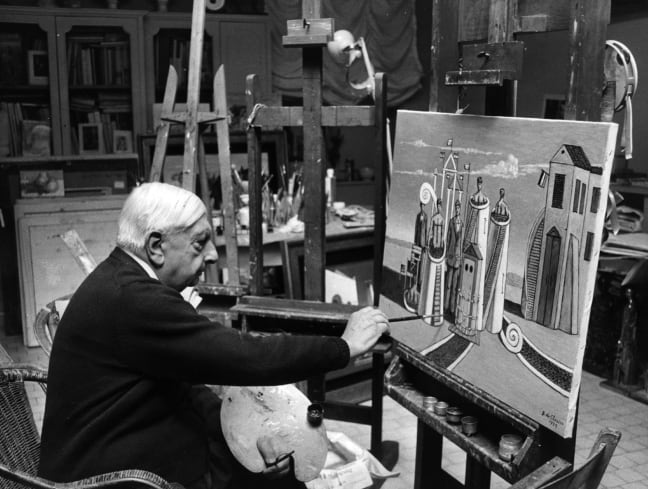
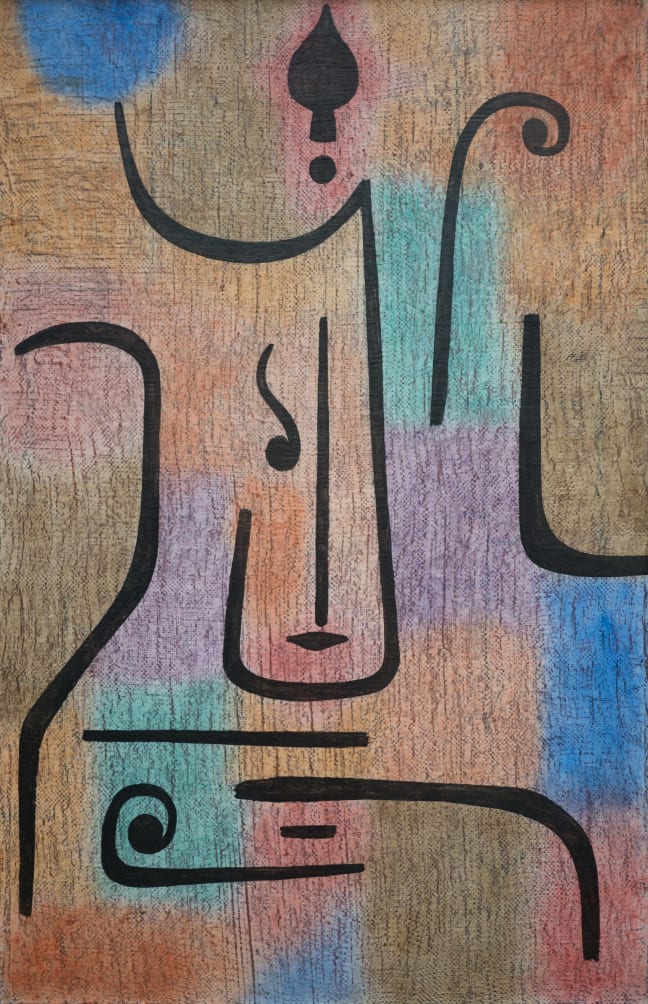
When Post-Impressionist painter Paul Gauguin passed away on the Marquesas Islands in 1903, he left behind four teeth in a glass jar and abundant speculation about whether or not he died from syphilis. An opportunity to address some of the unanswered questions surrounding his legacy arose in 2000, when those teeth were extracted from a sealed well near Gauguin's former hut. Caroline Boyle-Turner, a Gauguin specialist, wanted to first confirm that the cavity-ridden molars did indeed belong to the Frenchman, and then see what could be learned from the remains.
A chance encounter on a cruise liner treading through the South Pacific put Boyle-Turner in contact with William Mueller, a founding member of the Dental Anthropological Association. The two became investigative partners, and their findings were published in Anthropology in 2018. The DNA extracted from the teeth was compared with DNA taken from the interred remains of the artist's father (recently identified in Chile), as well as a sample from Gauguin's living grandson. The results were a match. The molars were also tested for traces of cadmium, mercury and arsenic, which were all common treatments for syphilis during Gauguin's time. None were found, which doesn't necessarily conclude that Gauguin wasn't syphilitic, only that he didn't receive those treatments (or at least not in a high enough dosage to leave a residue).
Claude Monet's abstract outlook

Monet 's "Weeping Willow" (1918-1919), painted before the artist underwent surgery for cataracts. Credit: Google Art Project/Kimbell Art Museum
Impressionist painter Claude Monet produced his most abstract and expressive works toward the end of his career, and a 2015 case study published in the British Journal of General Practice claims that the cause of these innovations was poor eyesight. Monet began developing age-related bilateral cataracts in his sixties, a malady that caused him to see everything darker. In 1913, an ophthalmologist recommended he undergo cataract surgery. The artist refused, frightened by fellow artist Mary Cassatt's failed eye surgery, and made do labeling his paint tubes to avoid using the wrong colors.
But after a decade of dimness, Monet finally agreed, in 1923, to have the surgery, and his renewed eyesight allowed him to see the true colors of his preoperative paintings (many of which he destroyed). After recovery, he resumed his original color palette. "Monet's postoperative works are devoid of garish colors or coarse application," notes Anna Gruener, the ophthalmologist who penned the article. "It is therefore unlikely that he had intentionally adopted the broader and more abstract style of his late paintings, reinforcing the argument that Monet's late works were the result of cataracts and not conscious experimentation with a more expressionistic style."
Giorgio de Chirico's metaphysical hallucinations

Italian painter Giorgio De Chirico pictured in his studio in Rome. Credit: Keystone/Hulton Archive/Getty
Did 20th-century Italian painter Giorgio de Chirico have help -- beyond his fantastical imagination -- conjuring the metaphysical images that pervade his eerie canvases? An article published in European Neurology in 2003 argues that the answer might be temporal lobe epilepsy, a neurological condition that can produce complex hallucinations. In his 1929 book "Hebdomeros," De Chirico himself wrote that his paintings recorded his hallucinatory experiences. That disclosure has puzzled doctors who have tried to establish whether the artist's visions came from migraines with aura or temporal lobe epilepsy.
Migraines usually cause subjects to have blurred or deformed vision, this article notes, which does not characterize De Chirico's work. His superimposition of several realities, the paper argues, is more in tune with the complex imagery of partial seizures. Nonetheless, the author admits that while neurological case reports on artists can be instructive, "critical clinical data are often lacking so that the final diagnosis may remain controversial."
'Degenerate' Paul Klee's degenerative health

Paul Klee's 1938 paining "Erzengel" Credit: Lenbachhaus
The last five years of the Swiss-German artist Paul Klee's life were prolific: He produced almost 2,500 artworks -- a quarter of his entire body of work. But these works were also his most physically grueling, since he suffered from a combination of skin conditions, ulcers, anemia and esophageal swelling that weren't conclusively diagnosed while he was alive. Nearly 40 years after Klee's death, the artist's ailments fascinated a young dermatologist-in-training, Hans Suter, who spent decades reconstructing the artist's medical history, interviewing Klee's widow and only son, and poring over unpublished letters describing the artist's symptoms.
Suter concluded, in a book and an article summarizing his findings (both from 2010), that Klee had diffuse systemic sclerosis -- a rare autoimmune disease. While the disease doesn't seem to have changed Klee's artistic style, Suter attributes the artist's painful outbreaks to stress following certain taxing biographical events: Klee's dismissal as an art professor from the Düsseldorf College of Art; poor reception of his avant-garde work; and his stigmatization as a "degenerate" artist by the Nazis.
'藝術' 카테고리의 다른 글
| The Historical Expression of Chinese Art (0) | 2019.04.23 |
|---|---|
| Art of the Russian Revolution, Through Contemporary Eyes (0) | 2019.03.30 |
| ‘백마 탄 나체 여인’ 훔쳐보고 싶은 욕망 (0) | 2019.03.14 |
| 西部로, 西部로 (0) | 2019.03.07 |
| 'Nude Mona Lisa' may have been drawn by Leonardo da Vinci (0) | 2019.03.07 |